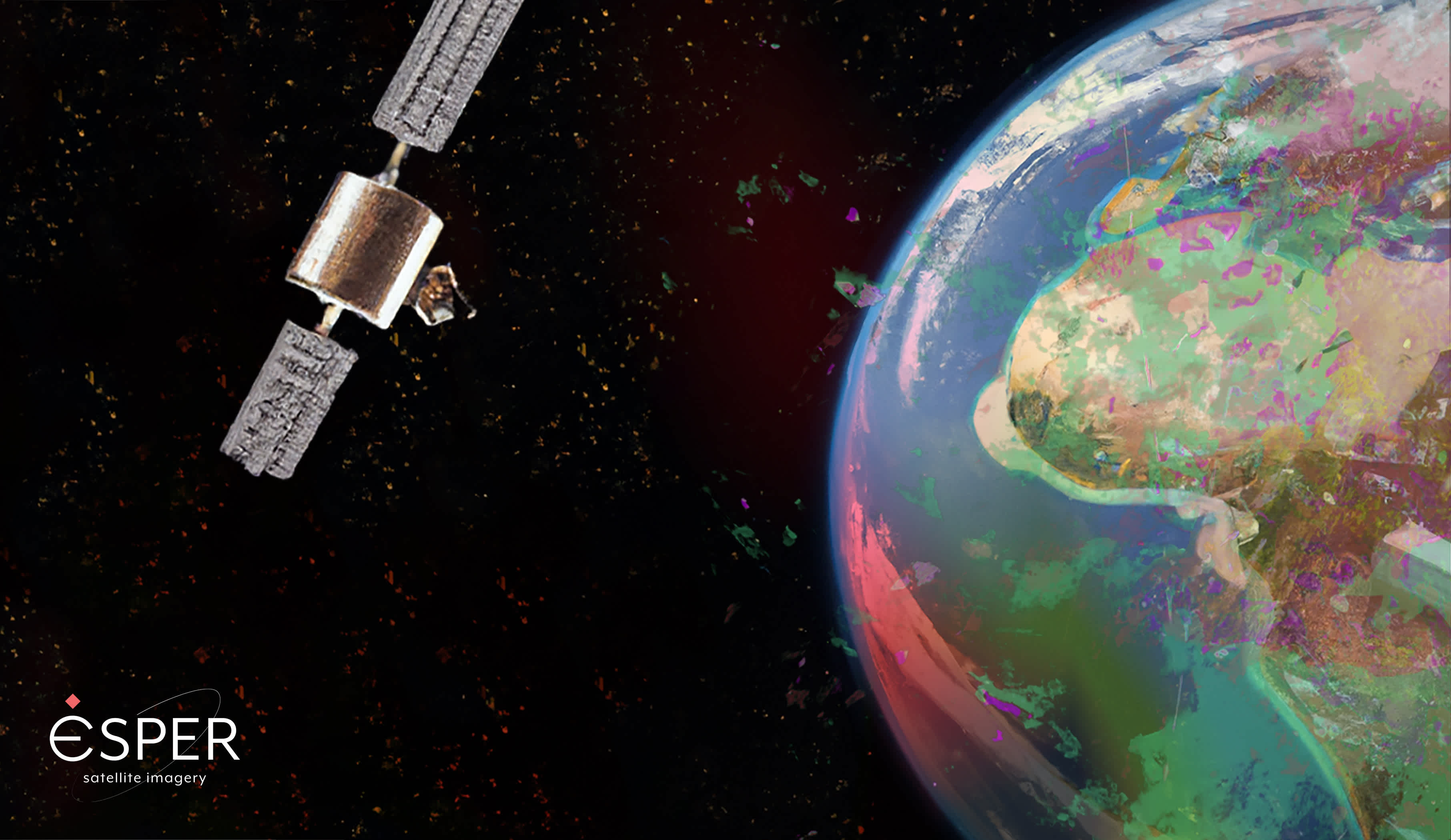
Hyperspectral Imagery Minus the Hype
Humans see colour within the spectrum of visible light - such as red, green, and blue. Yet there is more to our world than meets the eye where there are more details and information that we can’t generally see. Hyperspectral imagery allows us to go beyond and see many more colours that are too faint for us to see on our own.
What is Hyperspectral Imagery technology?
Hyperspectral imagery is a type of remote sensing technology that captures high-resolution images of the Earth's surface. It uses sensors that detect a wide range of electromagnetic radiation, including visible light, near-infrared, and infrared radiation. Unlike traditional remote sensing technologies that capture images in just a few spectral bands, hyperspectral sensors can detect hundreds of narrow and contiguous spectral bands. This enables hyperspectral imagery to provide more detailed information about the Earth's surface, such as the chemical composition of vegetation, the presence of minerals, and the quality of water bodies.
This technology has diverse applications, ranging from agriculture, geology, environmental monitoring, and even military intelligence. It can be used to detect crop stress, identify mineral deposits, monitor changes in land use, and detect camouflage or hidden objects in military operations. Hyperspectral Imagery becomes a valuable tool that can inform decision-making in many industries with the rich data set captured.
Data that goes above and beyond
Hyperspectral imagery captures extremely rich and detailed data sets as it can detect hundreds of narrow and contiguous spectral bands. The data captured is often represented as a series of spectral bands, which correspond to different wavelengths of light.
Some of the specific types of data that can be captured in hyperspectral imagery include:
Reflectance data: The amount of light that is reflected off the Earth's surface in different spectral bands.
Radiance data: The amount of electromagnetic radiation emitted by the Earth's surface in different spectral bands.
Spectral indices: The combinations of reflectance or radiance data that are used to identify specific features on the Earth's surface, such as vegetation health or mineral content.
Thermal data: Some hyperspectral sensors can also capture thermal infrared data, which can be used to measure the temperature of the Earth's surface and detect thermal anomalies.
Each pixel in a hyperspectral image contains a unique spectrum that represents the reflectance or emission of light from the surface of the Earth. This spectral information can be used to identify and map different materials and features on the Earth's surface based on their unique spectral signatures. For example, hyperspectral imagery can be used to identify and map different types of vegetation, minerals, and water bodies based on their spectral characteristics. The richness of the data captured in hyperspectral imagery makes it a powerful tool for a wide range of applications. It allows scientists and experts to study and understand the Earth's surface in much greater detail than was previously possible with traditional remote sensing technologies.
Esper, EarthTones, and the Environment
Esper Satellite Imagery is working on bridging the gap by providing affordable access to hyperspectral images. We believe that access to this rich dataset allows organisations to make more sustainable decisions for their company and the environment. More information aids strategic planning and decision making.
And Esper's cutting-edge technology is revolutionising the way data is collected and accessed. Our proprietary sensor technology enables us to gather real-time, site-specific data with unparalleled accuracy and efficiency. And with our flagship product, EarthTones, users can access this data in an instant.
Imagine having the power to make time-sensitive decisions based on the most up-to-date information available. With EarthTones, you can do just that. Our platform provides a wealth of benefits to organisations across a range of industries. From environmental monitoring to supply chain optimization, EarthTones empowers users to make informed decisions that drive success.
So why wait? Get ahead of the competition and take your organisation to the next level with Esper. Sign up here and get first-priority access to experience the power of real-time data with EarthTones.